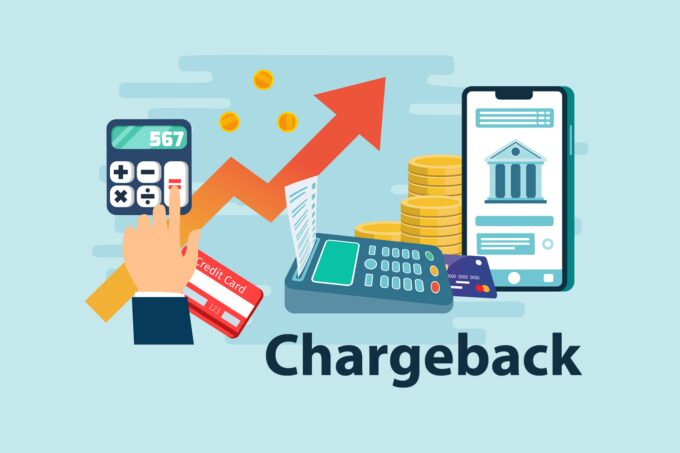In the age of digital commerce, credit card fraud poses a significant threat to businesses of all sizes. From online transactions to in-store purchases, the risk of fraudulent activities looms large, potentially resulting in financial losses, damage to reputation, and legal liabilities. In this article, we’ll delve into the critical reasons why businesses should actively prioritize protection against credit card fraud. A fantastic company that helps do this for all of their client is Piggy Bank Processing.
1. Financial Loss Prevention:

Source: fingerprint.com
Credit card fraud can have devastating financial consequences for businesses. Unauthorized transactions, chargebacks, and fraudulent activities can lead to significant monetary losses, impacting the bottom line and eroding profits. By implementing robust fraud prevention measures, businesses can minimize the risk of financial losses and protect their assets from fraudulent activities.
2. Preservation of Reputation:
A business’s reputation is its most valuable asset. A single instance of credit card fraud can tarnish a company’s reputation and erode trust among customers. News of security breaches or fraudulent activities can spread quickly through social media and online platforms, damaging the brand’s credibility and driving customers away. By actively protecting against credit card fraud, businesses can safeguard their reputation and maintain the trust and loyalty of their customer base.
3. Compliance with Regulations:
Businesses that accept credit card payments are subject to strict regulations and compliance standards, such as the Payment Card Industry Data Security Standard (PCI DSS). Failure to adhere to these regulations can result in hefty fines, legal penalties, and even the loss of the ability to process credit card payments altogether. By implementing effective fraud prevention measures, businesses can demonstrate compliance with industry standards and mitigate the risk of regulatory violations.
4. Reduction of Chargeback Disputes:

Source: payneteasy.com
Chargebacks occur when customers dispute transactions with their credit card issuer, claiming that the purchase was unauthorized or fraudulent. Excessive chargeback disputes can result in financial losses, increased processing fees, and damage to the merchant’s reputation. By proactively preventing fraud, businesses can reduce the likelihood of chargeback disputes and minimize the associated costs and administrative burdens.
5. Protection of Customer Data:
Credit card fraud not only impacts businesses but also puts customer data at risk. In cases of data breaches or security vulnerabilities, sensitive information such as credit card numbers, expiration dates, and security codes can be compromised, leading to identity theft and financial fraud. By prioritizing protection against credit card fraud, businesses demonstrate their commitment to safeguarding customer data and preserving privacy.
6. Long-Term Sustainability:

Source: tookitaki.com
Investing in fraud prevention measures is not just about mitigating immediate risks—it’s about ensuring the long-term sustainability and success of the business. By building a reputation for security and trustworthiness, businesses can attract and retain customers, foster repeat business, and drive sustainable growth over time. Prioritizing protection against credit card fraud is not just a cost-saving measure—it’s an investment in the future viability and resilience of the business.
Conclusion:
Credit card fraud poses a serious threat to businesses, encompassing financial, reputational, and regulatory risks. By actively prioritizing protection against credit card fraud, businesses can mitigate these risks, preserve their reputation, comply with regulations, and safeguard customer data. Ultimately, investing in robust fraud prevention measures is not just a defensive strategy—it’s a proactive approach to ensuring the long-term success and sustainability of the business in today’s digital landscape.



